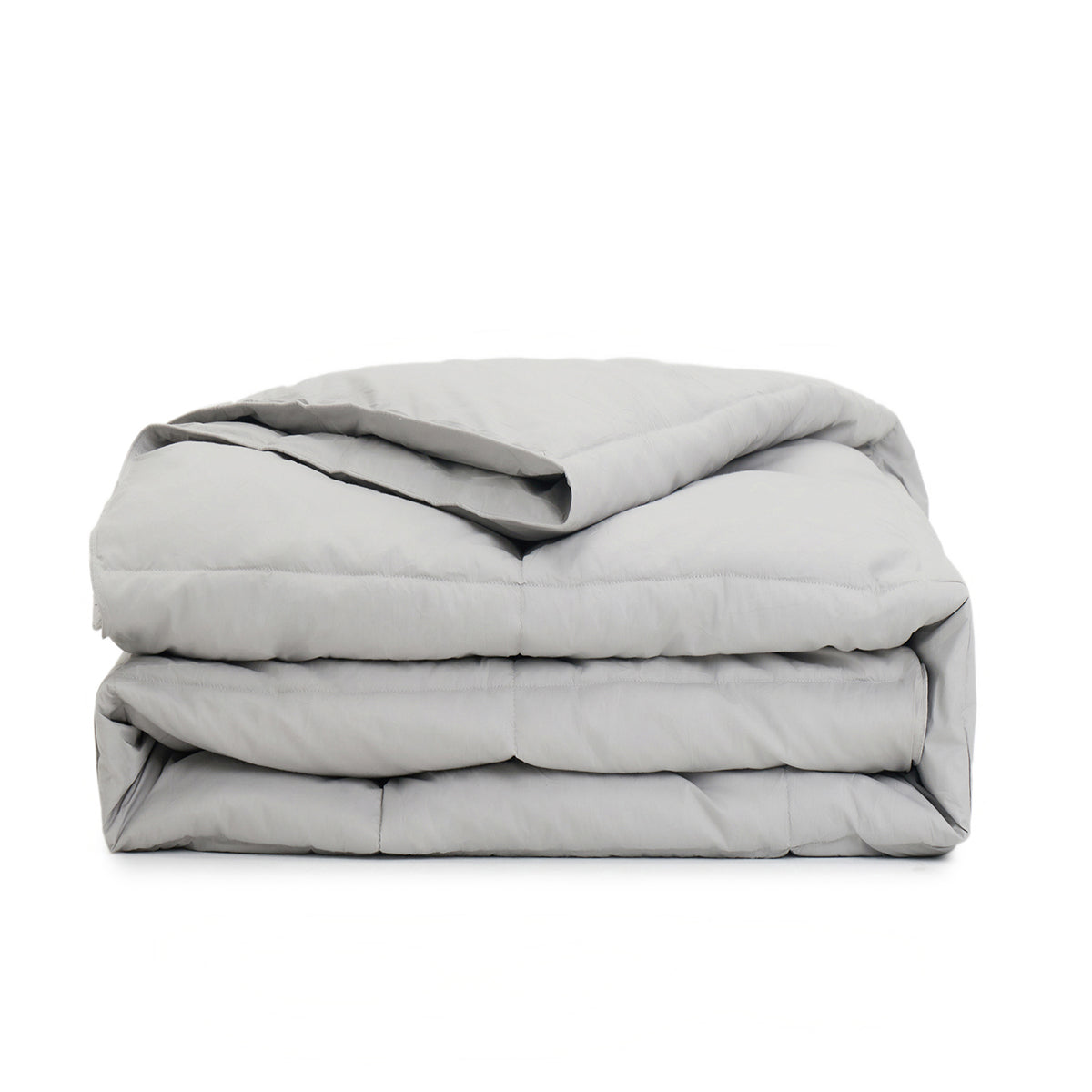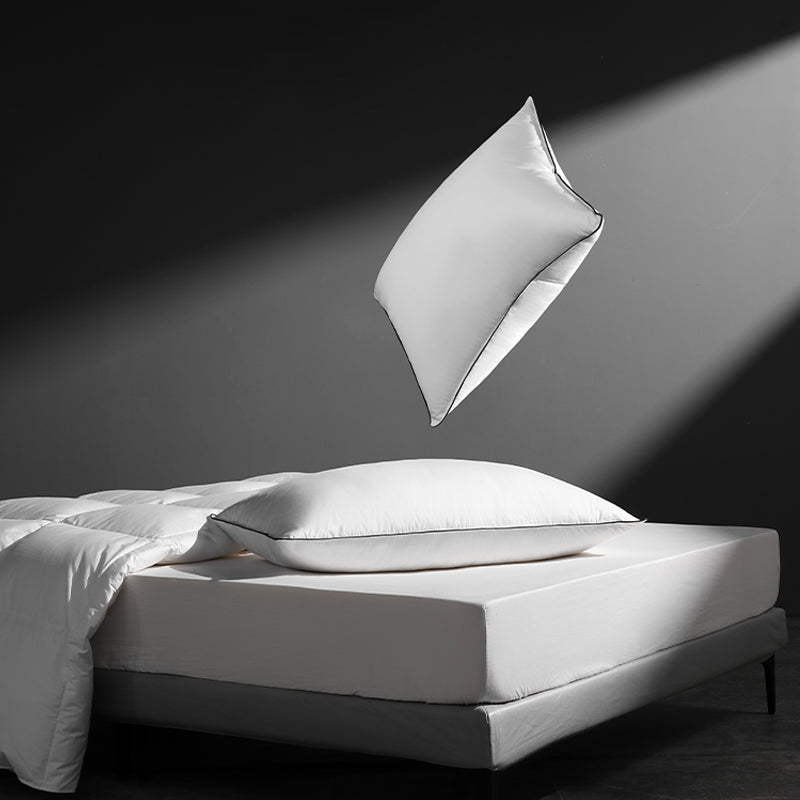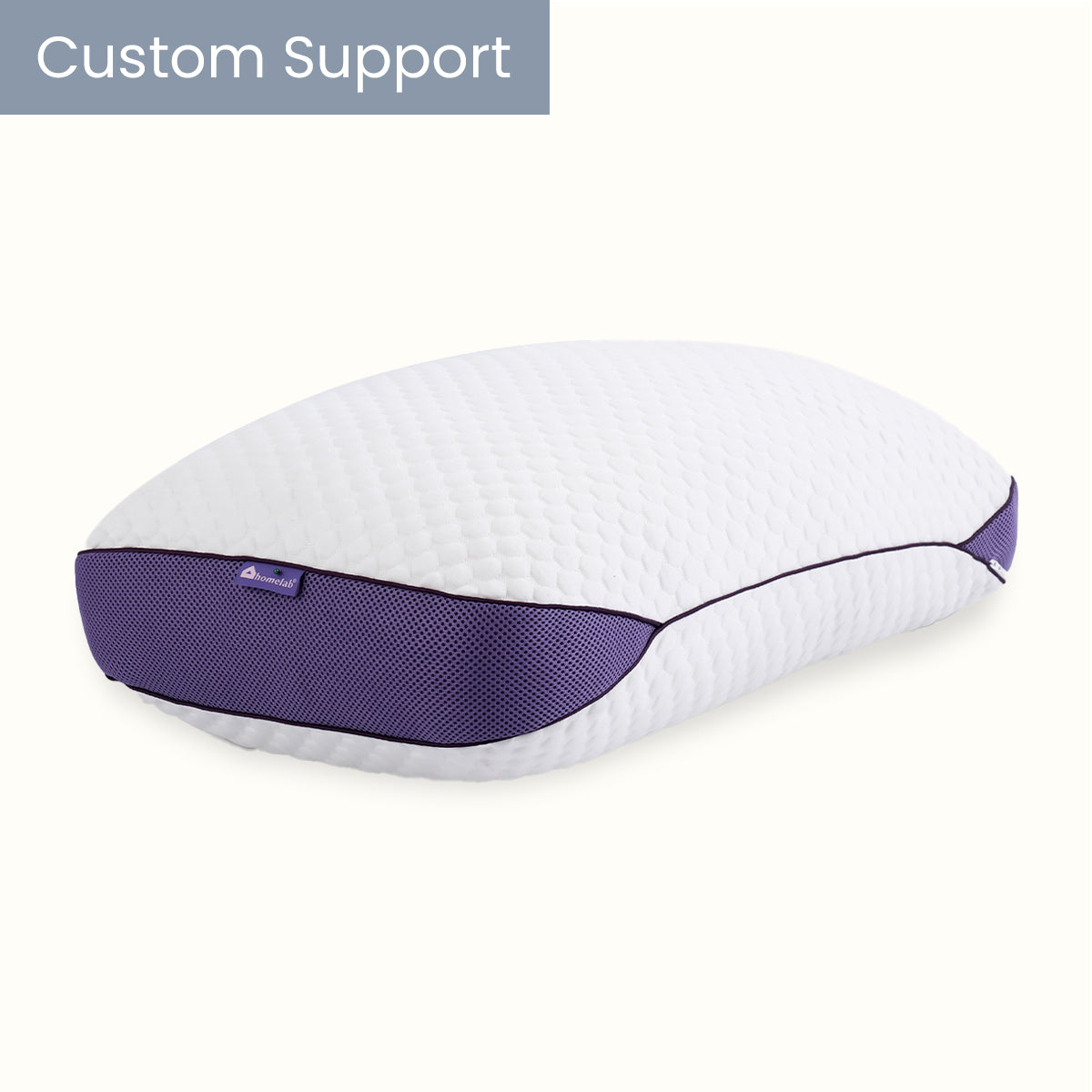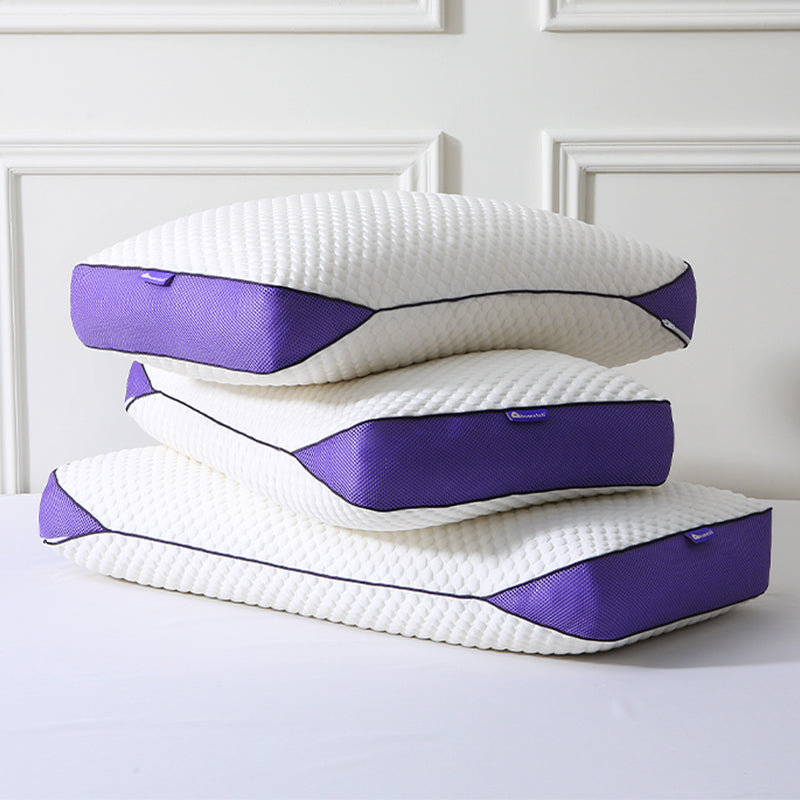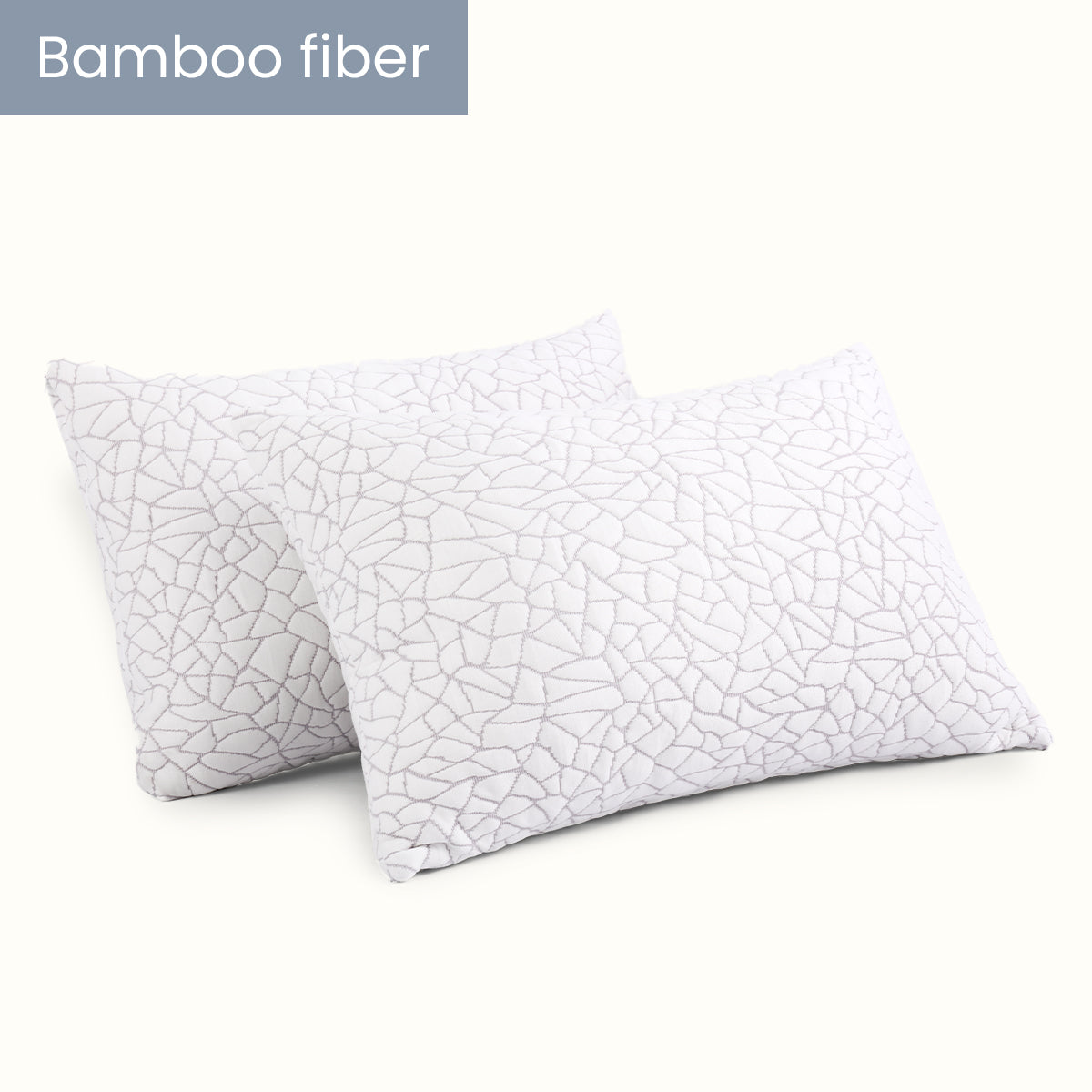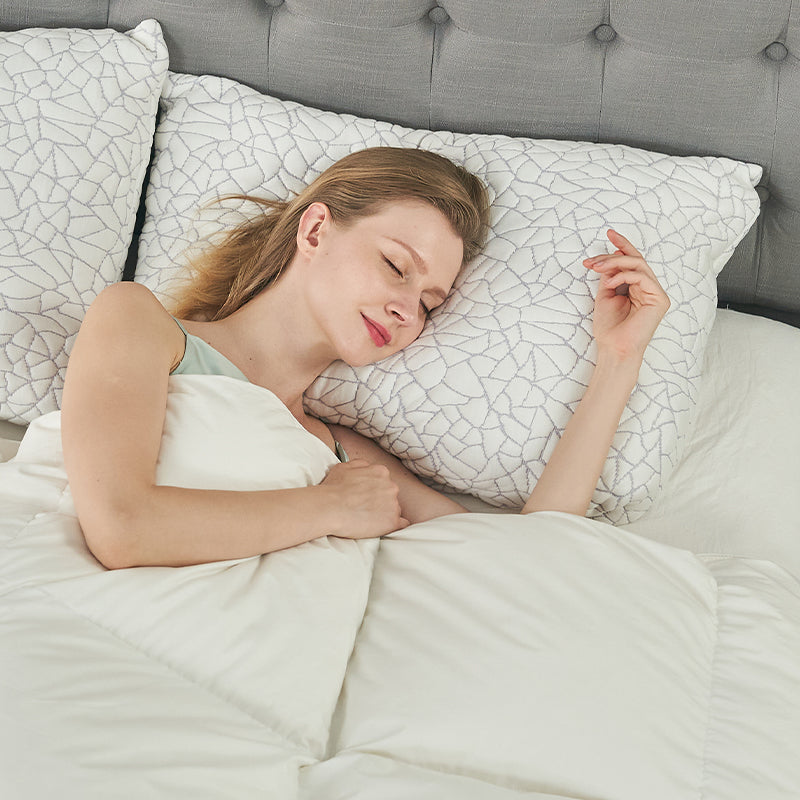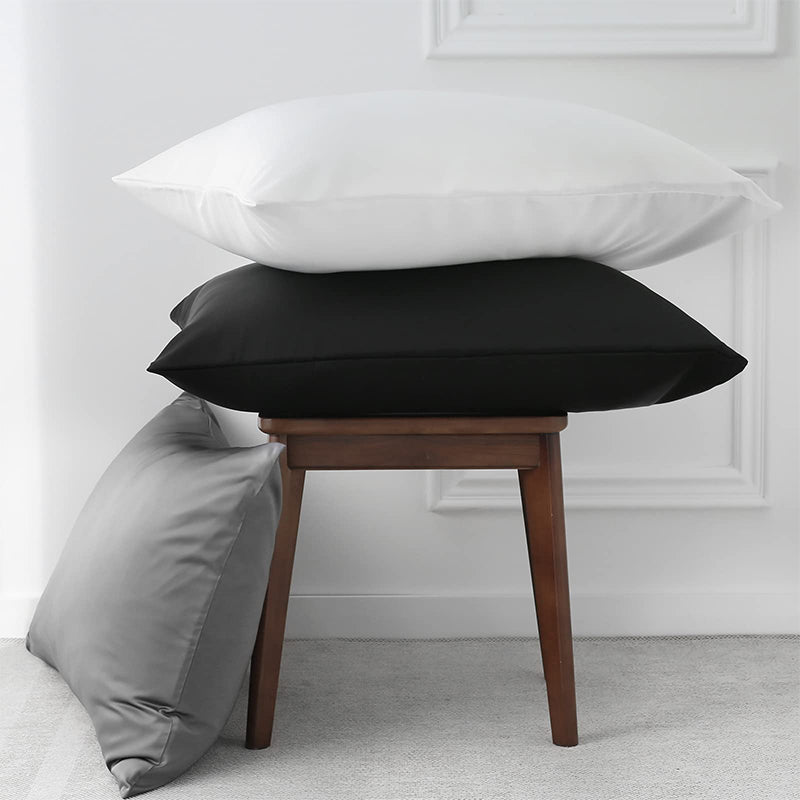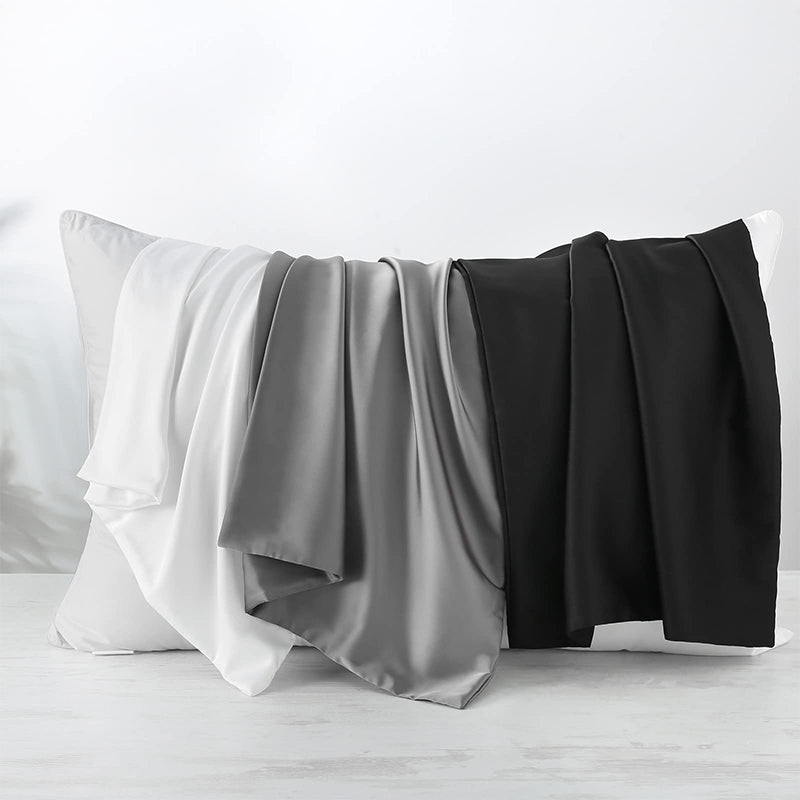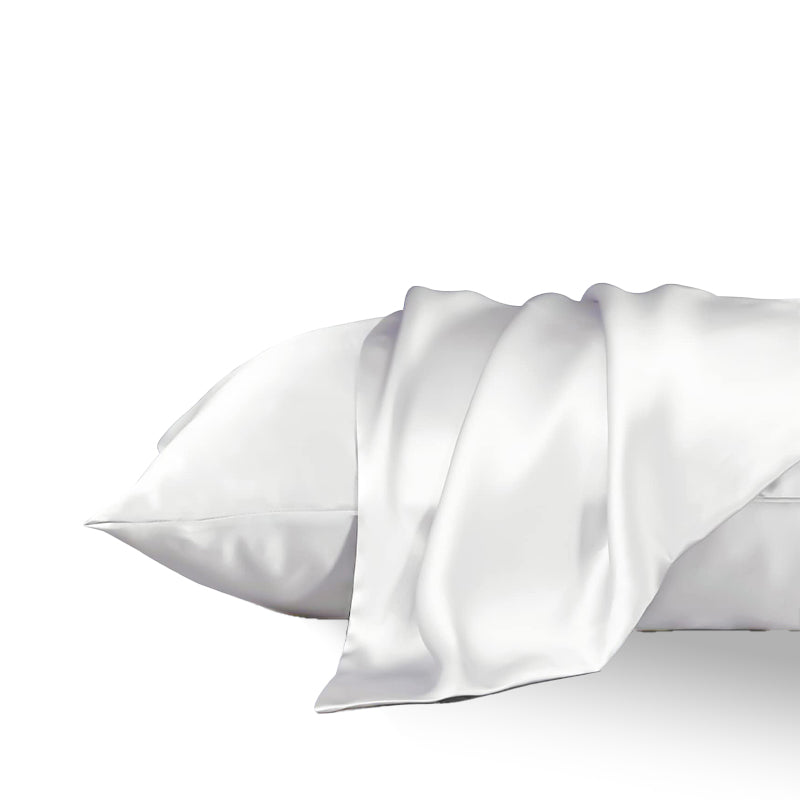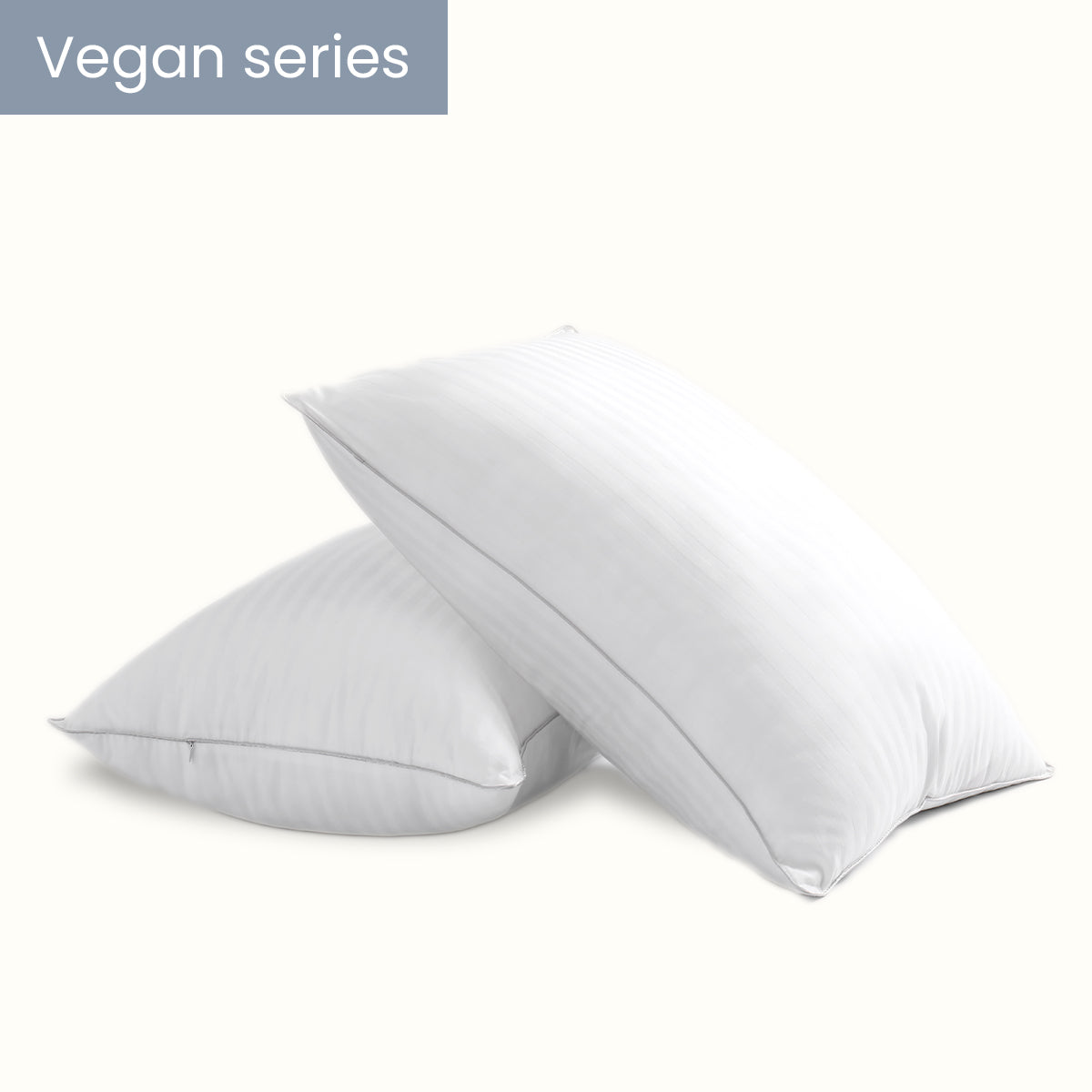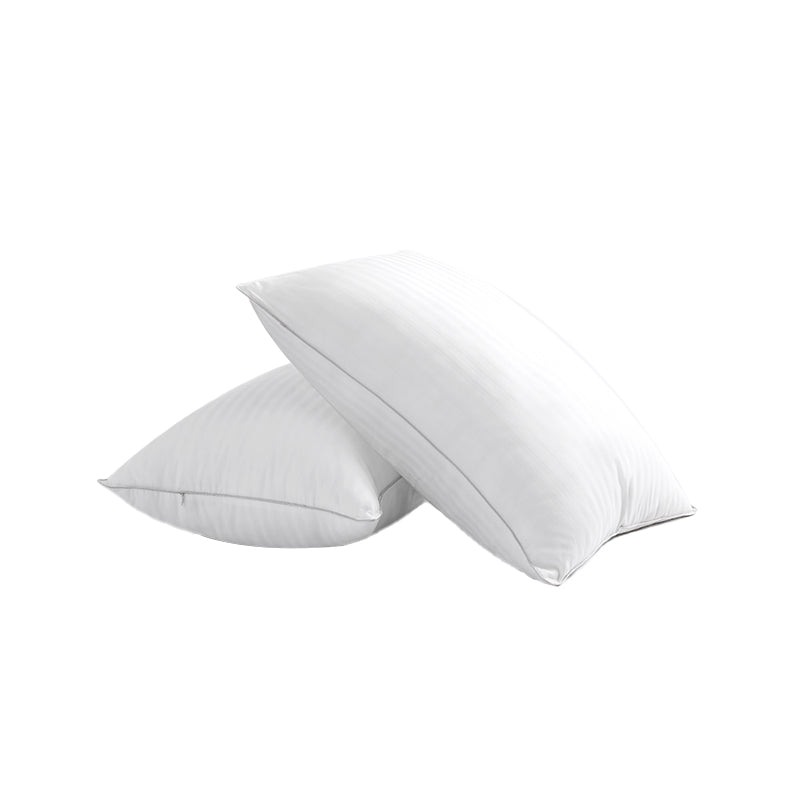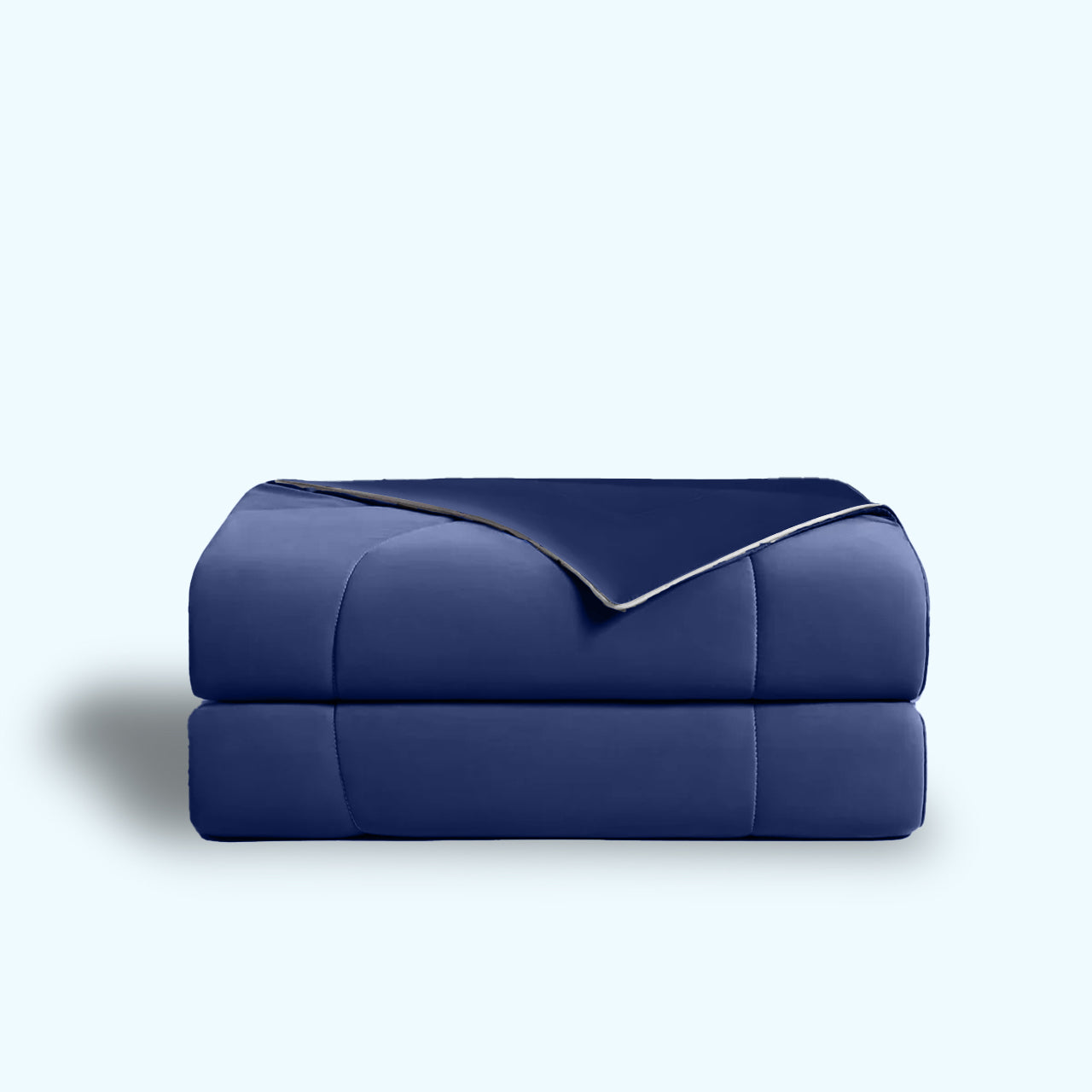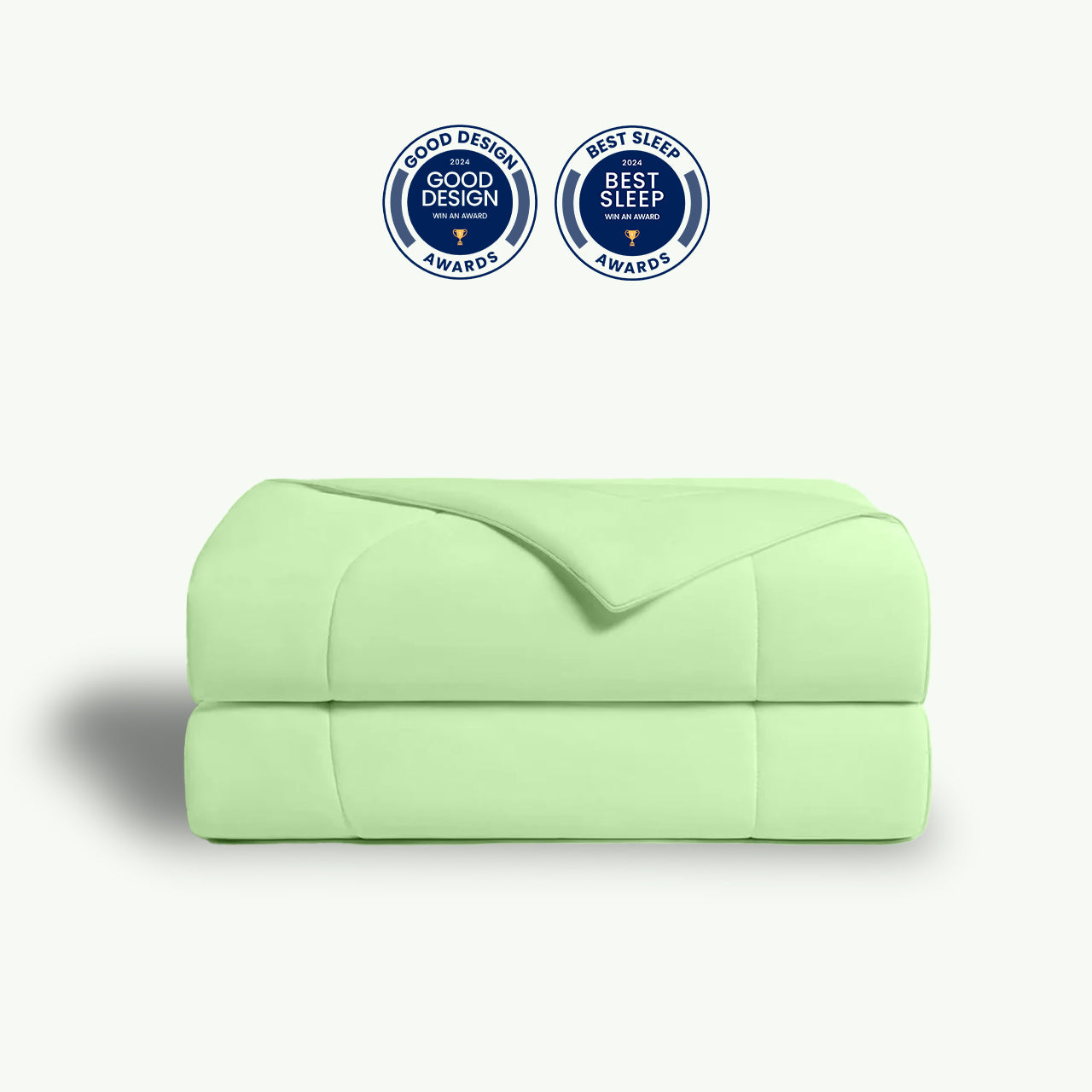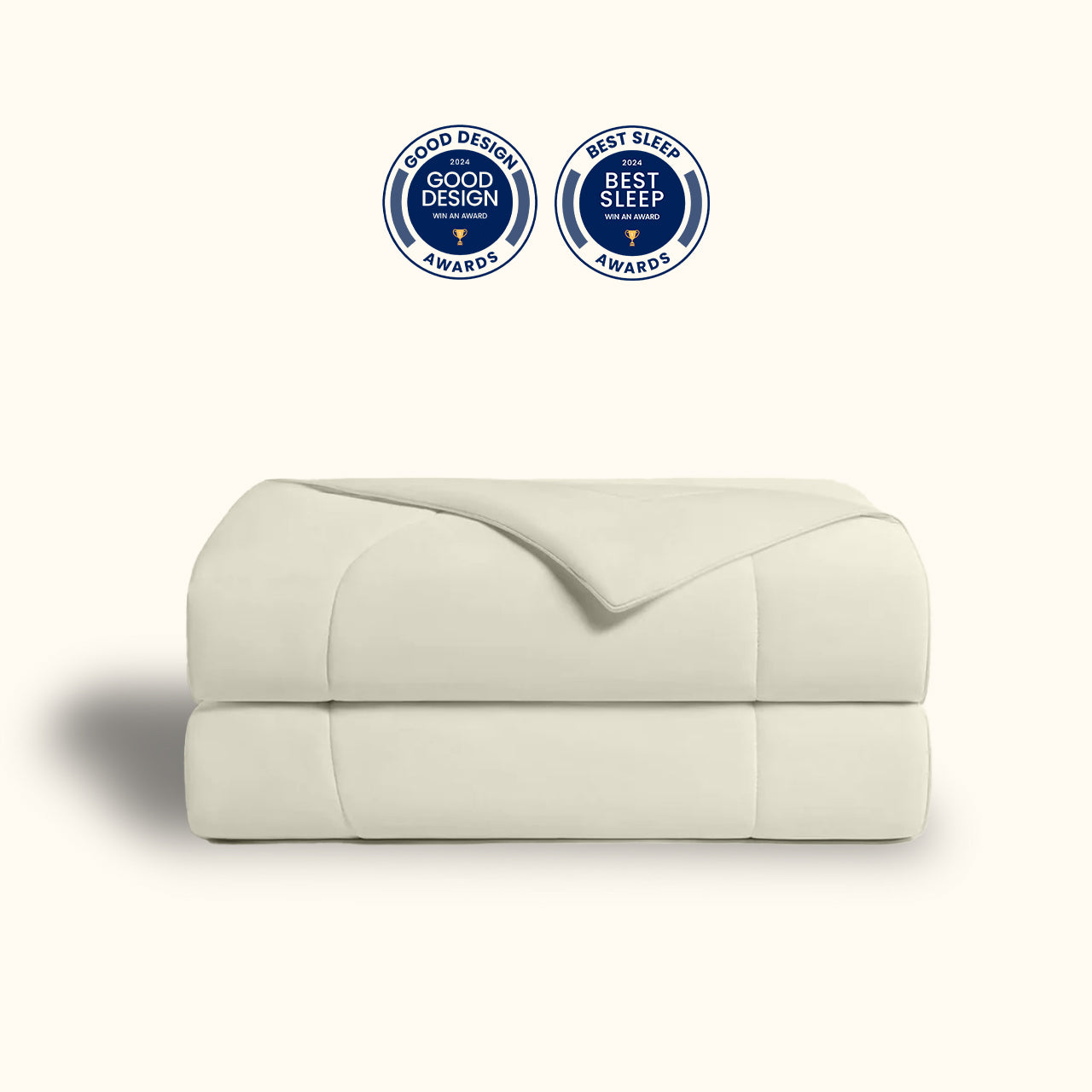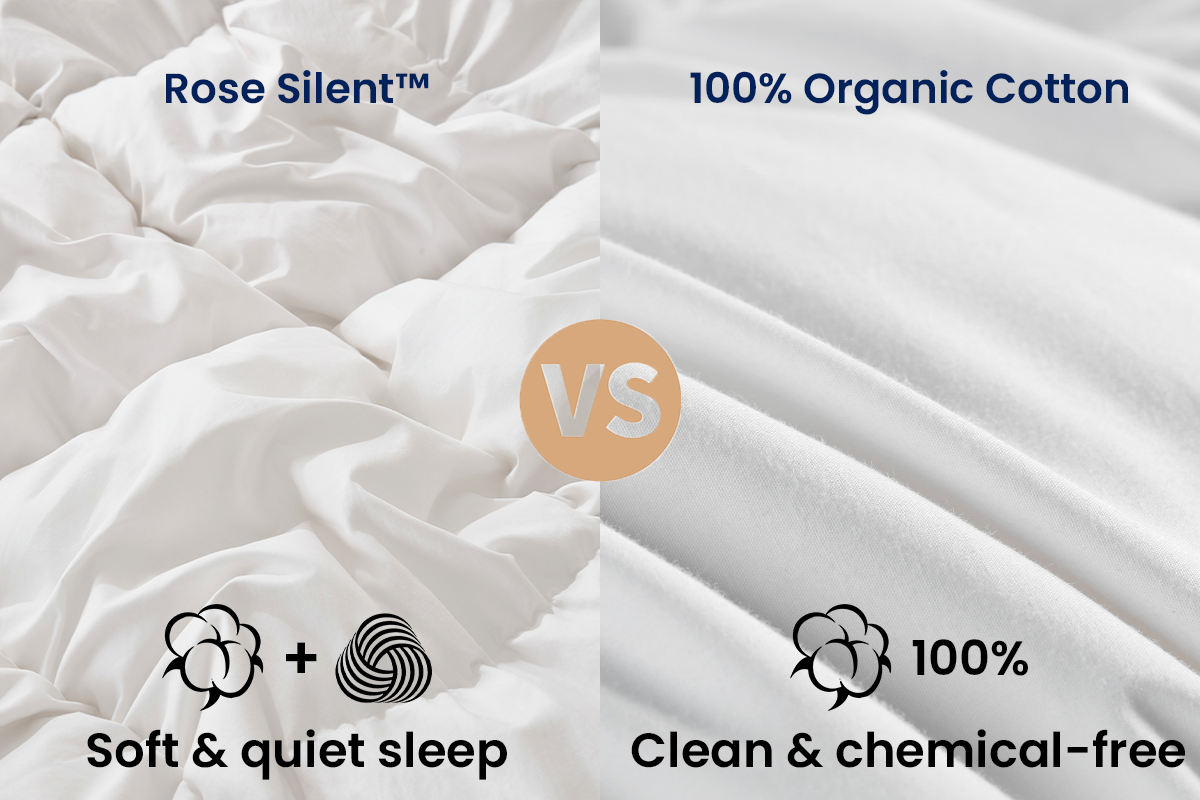Sleep’s like nature’s Advil— it eases the aches of the day, but so many of us can’t seem to “take” it. Sound familiar? Maybe you’ve fallen into revenge bedtime procrastination—staying up scrolling, watching shows, or even flipping through a bedtime story just to “steal back” time from a chaotic day—only to wake up even more exhausted. It’s a cycle I once couldn’t break, and if you’re constantly asking how to get good sleep or how to get a good night sleep, this cycle might be part of the problem.
It’s 2 a.m., your body’s screaming for rest, but your brain’s stuck on loop: tomorrow’s meeting prep, that awkward comment from earlier, all the “what-ifs” you can’t shake. You reach for your phone again, the blue light searing your eyes, and think, Why is it hard for me to sleep? You might also be second-guessing daily habits—like whether that late-night snack was a bad idea, or if your evening workout messed with your rest. Let’s tackle those questions as we break down the rituals that fixed my sleep.
I’ve been there. For months, I survived on 4-5 hours of sleep a night—until I dug into sleep science and realized the problem: we’ve forgotten how to end a day. Neuroscientist Matthew Walker wrote in Why We Sleep that “humans are the only species that deliberately deprives themselves of sleep.” I’d add: we’re also the only ones who don’t know how to wind down naturally, especially when revenge bedtime procrastination creeps in, or when we’re unsure about habits like is it bad to eat before sleeping or is it bad to exercise before sleep.
After six months of testing, I crafted a 30-minute bedtime routine that didn’t just fix my insomnia—it made me wake up feeling refreshed, not groggy. Here’s the science-backed breakdown, no fluff included, plus clear answers to those nagging sleep questions.

1. Prep Your Space: Turn Your Bedroom Into a Sleep Sanctuary
Your sleep environment isn’t a luxury—it’s non-negotiable. I used to scroll, snack, and answer work emails in bed, figuring “a bed’s a bed.” Then I learned about environmental cues, and everything clicked. And let’s talk about bedtime lamps—they’re not just decor; the right ones set the tone for rest, which is key when you’re figuring out how to get good sleep.
Sleep scientists explain our brains are wired for associative learning. If your bed’s for scrolling and spreadsheets, your brain won’t link it to sleep. Here’s how I reclaimed mine, with tips tied to better sleep habits:
- Light Control: Swap harsh overhead lights for bedtime lamps with warm, 2700K bulbs after sunset—they cast a soft glow that signals your body it’s time to wind down. Dim everything an hour before bed, too. This isn’t just ambiance—Harvard Medical School found warm light boosts melatonin production 3x more than cool light. If you take melatonin supplements, you might wonder how many minutes before sleep should you take melatonin: most experts suggest 30-60 minutes, and pairing it with warm bedtime lamps enhances its effects, helping you check off one more box for how to get a good night sleep.
- Scent Therapy: I tested 17 candles and diffusers before landing on lavender, sandalwood, and chamomile. It’s not about “nice smells”—compounds like linalool and agarwood acetate interact directly with GABA receptors, your brain’s “off switch” neurotransmitters.
- Sound Management: You might love bedtime music, but I ditched it for pink noise—here’s why: a 2013 Northwestern University study found pink noise increases deep sleep brainwave intensity by 20%, which makes all the difference in how rested you feel. If you do stick to bedtime music, opt for instrumental tracks with a slow tempo (under 60 BPM) to avoid revving up your brain.
- Temperature Tuning: Aim for 65-72°F (18-22°C). I set my AC to shut off at 3 a.m. in summer (temperatures drop naturally later) and crack a window in winter—cold air signals your body it’s time to rest. And if you’re curious Is sleeping naked good for you? For many, yes—skin-to-sheet contact helps regulate body temperature, but it’s all about comfort. Also, skip sleeping on the floor unless you have a supportive mat—Is sleeping on the floor good for you? For most, it strains the spine, so stick to a properly padded mattress—another small step toward answering how to get good sleep.

2. Relax Your Body: From Stressed to Unwound (Science Style)
Your body can’t tell the difference between stressing about a deadline and fleeing a lion—either way, it tenses up. If you don’t release that tension, sleep won’t come. My go-to combo includes bedtime yoga (the gentle kind!) and answers to two big questions: is it bad to eat before sleeping and is it bad to exercise before sleep.
- Warm Soak Protocol: This isn’t just a foot bath. I use 107.6°F (42°C) water, submerge 4 inches above my ankles, add magnesium bath salts—and here’s the answer to Is magnesium good for sleep: Absolutely. Magnesium absorbs through the skin to boost GABA, a neurotransmitter that calms the brain. Soak for 12-15 minutes; it’s straight from a 2018 Kagoshima University study on sleep induction. Now, is it bad to eat before sleeping? Avoid heavy meals 2-3 hours before bed—they force your digestive system to work overtime, disrupting sleep. But a small snack (like a banana or handful of almonds) is okay if you’re hungry—just skip spicy or sugary foods that can cause heartburn or energy spikes.
- Progressive Muscle Relaxation: Steal this from CBT-I (the gold standard for insomnia): Tense your toes for 5 seconds, release for 10, then move up to calves, thighs, abs, arms, and face. Five minutes, and your body melts into the mattress—it’s physiology, not magic. And is it bad to exercise before sleep? Save intense workouts (like HIIT or weightlifting) for the morning—they raise your heart rate and release cortisol, making it hard to wind down. But light movement, like the stretches below or a short walk after dinner, is fine—even helpful—for relaxation.
- Gentle Stretching (aka Bedtime Yoga): I used to think bedtime yoga meant downward dogs or sun salutations, but no—dynamic flows rev you up. Stick to static, relaxing moves: Child’s pose (2 minutes, deep breaths), supine knee hugs (1 minute per side), and legs-up-the-wall (5 minutes). These activate your parasympathetic nervous system, triggering instant relaxation. While you stretch, you might ask what is good sleeping posture? After these moves, side-sleeping with a pillow between your knees (to align your spine) or back-sleeping with a pillow under your knees works best for most—another tip to add to your how to get a good night sleep toolkit.

3. Settle Your Mind: Slow the Brain Before Shutting It Down
Thinking’s like driving—you can’t go from 60 to 0 and expect the engine to turn off. My rule: decelerate first, then stop. This step also addresses Is it good to drink water before sleeping—a common question for anyone worried about midnight bathroom runs, and a small but important part of how to get good sleep.
- Printed Reading (Or a Bedtime Story!): Grab a low-stakes nonfiction book (too easy = boring, too hard = stimulating) or even a bedtime story—something familiar and calming. I’m on Sapiens right now, but I’ll occasionally flip through a childhood bedtime story book when my brain’s extra busy. Avoid bedtime stories movie or bedtime stories film here—screens emit blue light, which disrupts melatonin. Limit reading to 8-10 minutes; it’s about distraction, not finishing chapters.
- Gratitude Journal: This isn’t woo-woo. UC Davis research found people who jot down gratitude sleep 9 minutes faster and 25% better. My template: 3 things I’m thankful for, 3 things I accomplished, 1 priority for tomorrow. Done. It’s a simple way to shift your mindset—key for how to get a good night sleep.
- 4-7-8 Breathing: Forget “empty your mind”—try this: Inhale 4 sec, hold 7 sec, exhale 8 sec. Repeat 4 times. University of Arizona studies show it drops heart rate 10-15% in 5 minutes—like a mild sedative, no pills needed. And Is it good to drink water before sleeping? Sip a small glass if you’re thirsty—dehydration can wake you up—but stop 30 minutes before bed to avoid frequent bathroom trips. If you practice bedtime christian prayers, this breathing exercise pairs nicely—use the rhythm to ground yourself in your prayers, adding another layer of calm.

4. Set an Intention: Sleep With Something to Look Forward To
Sleep isn’t the end of the day—it’s the lead-up to tomorrow. My favorite step: “anticipatory pleasure,” the psychology term for how looking forward to good things releases dopamine. This also answers a big question: is 6 hours of sleep good—spoiler: most people need more, and this ritual helps you get it.
I pick one tiny joy coming tomorrow: that first sip of pour-over coffee, lunch at the new ramen spot with a friend, or finally watching that documentary I saved. It shifts your mindset from Ugh, work tomorrow to I’ve got something good waiting. Suddenly, bedtime feels like a gift, not a chore. And is 6 hours of sleep good? For 95% of adults, no—our bodies need 7-9 hours to repair, consolidate memories, and regulate mood. This ritual helps you fall asleep faster, so you hit that target without cutting into your “me time”—a win-win for anyone chasing how to get a good night sleep.
The Final Piece: Wrap Yourself in Comfort
These rituals work because they’re consistent—but even the best routine falls short if you’re not cozy. That’s why I swear by my apsmile down duvet (also called an apsmile down comforter).
A quality apsmile down duvet regulates temperature—no more sweating through the night or shivering under too many layers—and feels like a gentle, weightless hug. Unlike cheap alternatives that clump or lose warmth, apsmile down duvet uses premium fill that stays fluffy and cozy all night, complementing every step of your ritual. Whether you’re coming off a warm soak, doing bedtime yoga, or curling up with a bedtime story, this duvet turns your bed into a true sleep haven—one last piece of the puzzle for how to get good sleep.

Closing Thought
This routine isn’t magic—it’s science. It’s not one more “to-do” but an investment in you. Six months in, I’ve gone from 2 hours to 15 minutes to fall asleep, and I wake up ready to go. No more revenge bedtime procrastination, no more second-guessing is it bad to eat before sleeping or is 6 hours of sleep good—I just follow the steps, and sleep follows.
Every night at 10:30, I smile and think, Time for my ritual. It’s not 矫情 —it’s self-care. The world never stops buzzing, but you can learn to quiet your corner of it.
Here’s to catching some zzzs tonight—and waking up ready for whatever comes tomorrow. Sleep tight.




